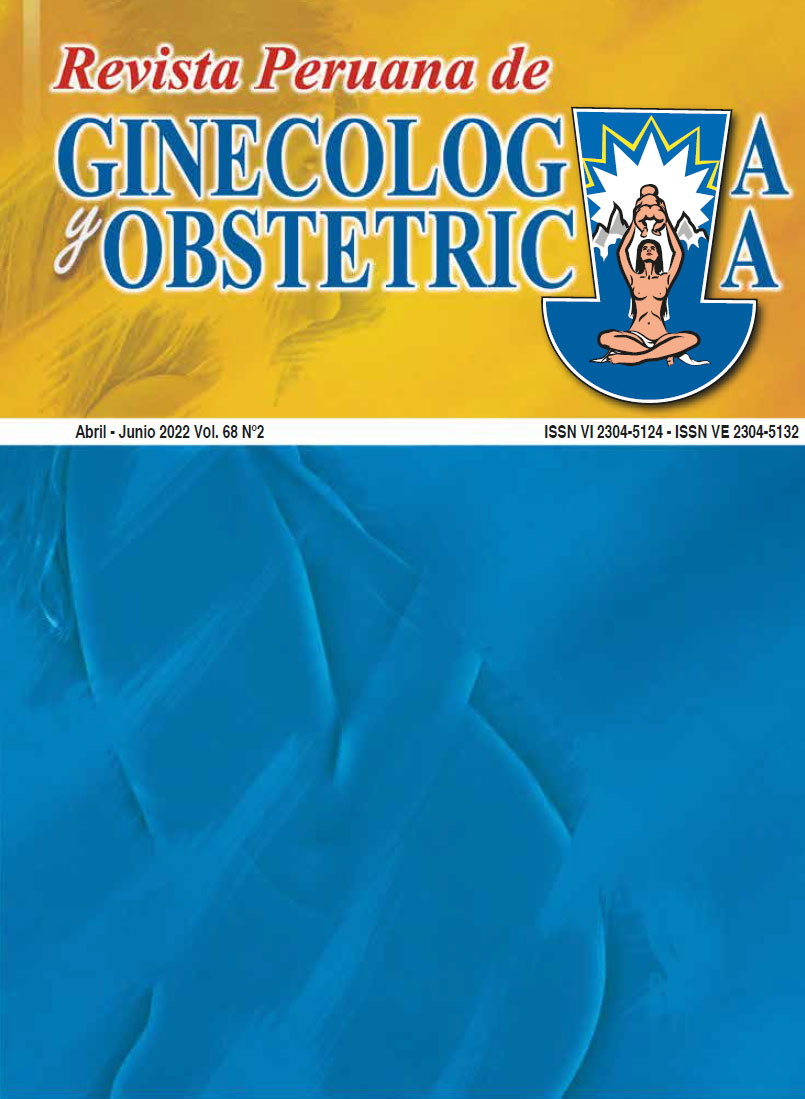Factors associated with uterine atony
DOI:
https://doi.org/10.31403/rpgo.v68i2424Keywords:
Hemorragia uterina, Inercia uterinaAbstract
Postpartum hemorrhage (PPH) is the most important pathology in terms of maternal mortality, being one of the main public health concerns. Uterine atony is the main cause of PPH. Objective: To determine the factors associated with the development of uterine atony. Methods: Observational analytical case-control study of 4,148 immediate postpartum patients attended at the Obstetrics Department of the Hospital Regional Docente de Trujillo, Peru, between 2009 and 2019; 1037 patients presented uterine atony and 3,111 were controls. Results: When performing the bivariate analysis, the variables that presented statistical significance as associated factors for the development of uterine atony were cesarean delivery [OR 1.98 (95% CI: 1.71-2.29)], being from the highlands [OR 1.38 (95% CI: 1.12-1.70)], multiple pregnancy [OR 4.48 (95% CI: 3.43-5.83)], dysfunctional delivery [OR 1.82 (95% CI: 1.44-2.31)] and macrosomic fetus [OR 1.37 (95% CI: 1.08-1.73)]. On the other hand, having been primiparous [OR 0.79 (95% CI: 0.65-0.94)] and being multiparous [OR 0.82 (95% CI: 0.69-0.97)] were shown as factors not associated with statistical significance. Conclusions: Factors associated with the development of uterine atony were cesarean section as the route of delivery, being from the highlands, and having had a macrosomic fetus, polyhydramnios, and multiple pregnancies.
Downloads
Published
Versions
- 2022-07-11 (2)
- 2022-07-06 (1)
How to Cite
Issue
Section
License
Copyright (c) 2022 Angie Távara, Maritza Núñez, Miguel Ángel Tresierra

This work is licensed under a Creative Commons Attribution 4.0 International License.
Esta revista provee acceso libre inmediato a su contenido bajo el principio de que hacer disponible gratuitamente la investigación al publico, lo cual fomenta un mayor intercambio de conocimiento global.















